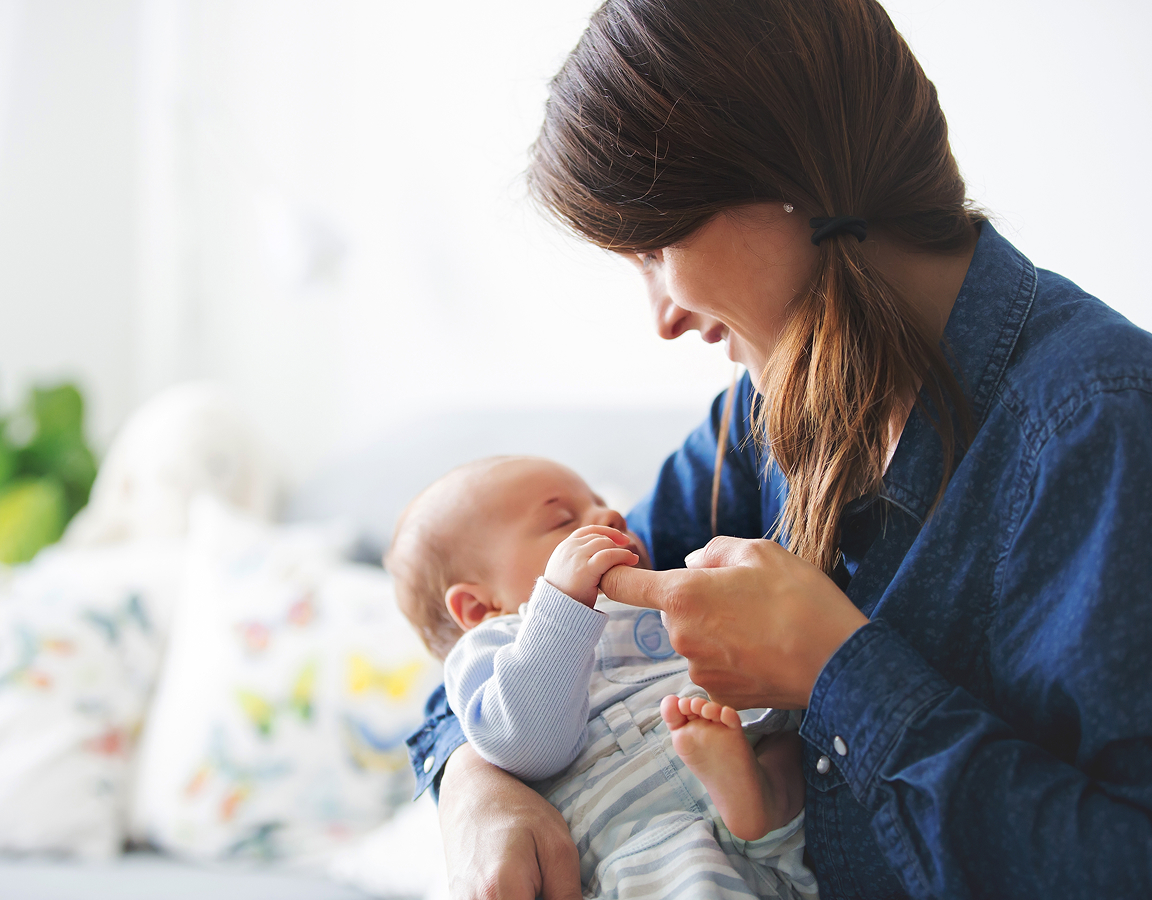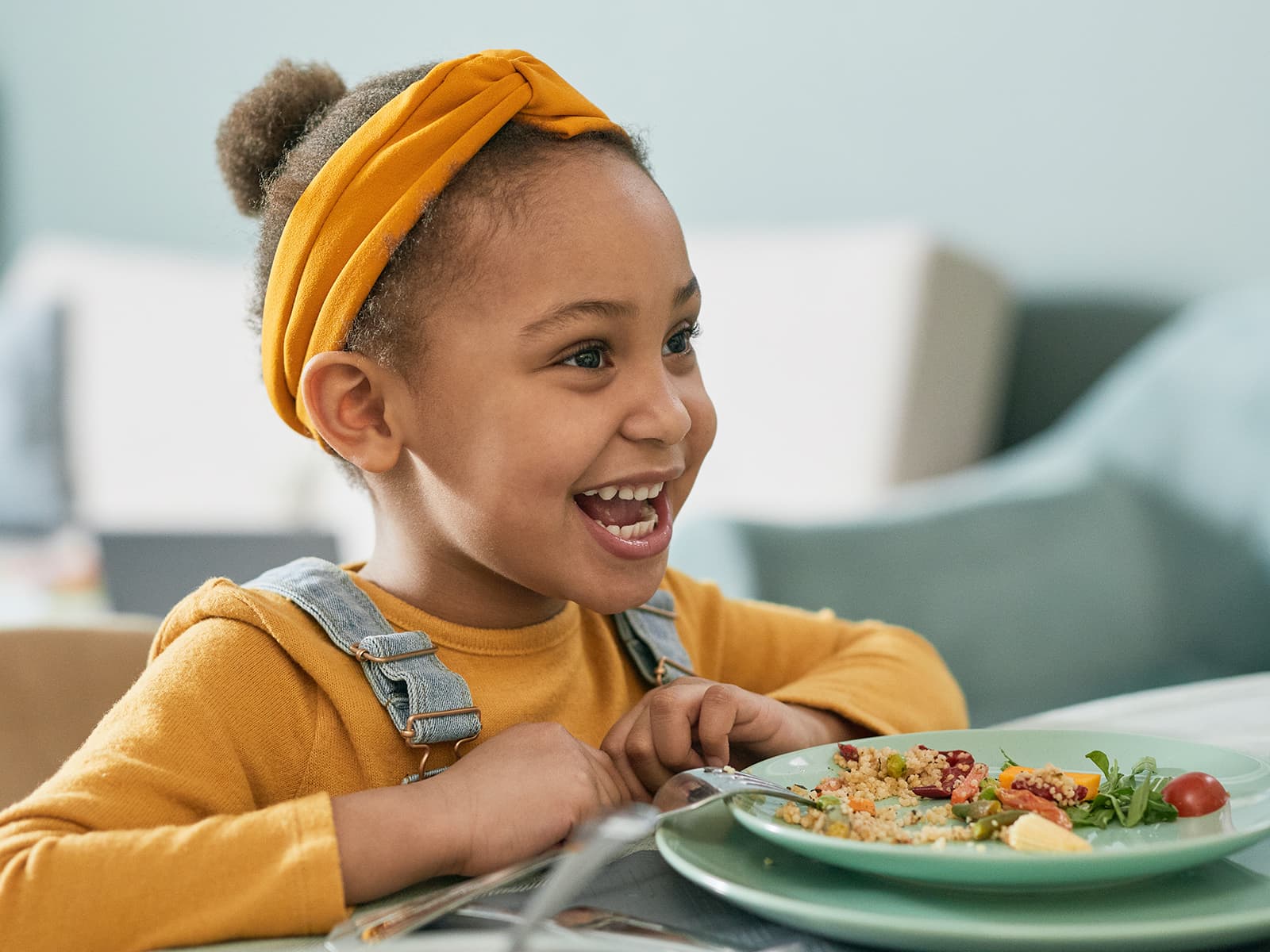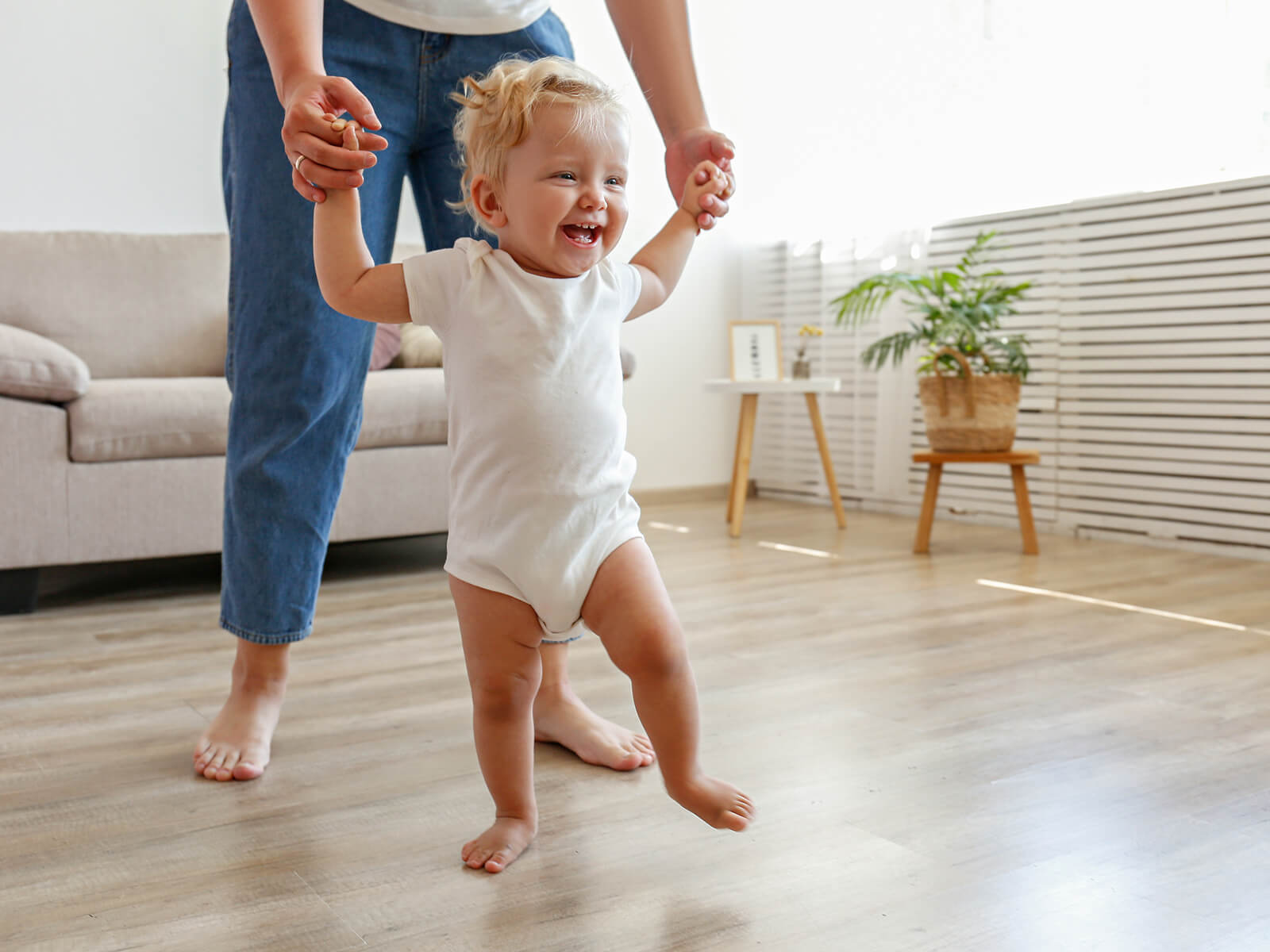
Featured, Health Tips
Potty Training 101: How to Make It a Positive Experience
Potty Training 101: How to Make It a Positive Experience
You’ve read the blogs, bought the tiny potty, and stocked up on stickers. But your toddler? They’re more interested in flushing the toilet for fun than actually using it. Welcome to the wild world of potty training — equal parts comedy, unexplained wetness, and occasional triumph.
At Zarminali, our clinicians have seen it all — the toddlers who proudly announce “I did it!” and the ones who sprint in the opposite direction at the mere mention of the potty.
To help you navigate this milestone, we turned to Maya King, MSN, CPNP-PC, who sees families at Zarminali Pediatrics – Perimeter in Atlanta, Georgia. Maya takes a holistic approach to care — one that nurtures physical, emotional and social well-being.
She’s here to help you:
- Recognize when your child is ready to start toilet training
- Infuse fun (and calm) into the process
- Make a plan for setbacks — because they happen
- Know when to check in with your pediatrician
“Potty training shouldn’t have any negative connotations,” Maya says. “Make it as fun as possible for both of you.”
Is My Child Ready for the Potty? 4 Signs to Look For
There’s no single magic age when potty training “should” begin.
In general, children’s bodies become physically ready around 18 months — their bladder and bowels can hold waste long enough to make it to the potty. But cognitive and emotional readiness — understanding what’s happening, remembering to go, and wanting to try — often come later, like after age two.
As Maya explains, “Every child is different. Some are ready early, and others need more time. It’s important not to force it — readiness makes all the difference.”
Here are four common signs your child may be ready to start:
1. They can sense the urge to go
Your child starts to recognize physical cues — maybe they pause mid-play or hide in a corner when they need to go.
2. They can communicate with you
“The biggest sign to look for is communication,” says Maya. That could mean using words or gestures like tugging at a diaper. Kids with speech delays may take longer, but visual tools or other forms of communication can help.
3. They recognize when they’ve gone potty
Awareness of being wet or soiled shows that your child understands cause and effect — a key step toward learning.
4. They show interest and willingness
“A child needs some sort of interest for it to be successful,” Maya explains. “If they’re forced, they can develop negative associations and regress later.” You can build interest by reading potty-themed books, singing songs, or letting them watch a kid-friendly video about using the potty.
How to Make Toilet Training More Fun
By making using the potty fun, your child will associate positive feelings with it.
Children learn best through encouragement, not embarrassment. Avoid shaming language like “You’re a big kid now — don’t act like a baby.” It might spark short-term compliance, but it can backfire emotionally. Instead, celebrate small wins and normalize the messier moments.
Starting at less-busy times can also help. Avoid embarking on this adventure if there are other big changes already happening — moving, a new baby arriving, an especially demanding month at work.
Try these practical and playful ways to make toilet training fun:
- Use a child-sized potty (so their feet touch the floor) and let your child help pick it out.
- Let them decorate it with stickers or choose where it goes.
- Make it a shared adventure — “hype it up,” as Maya puts it.
- Let them watch you flush to reduce fear and show it’s safe.
- Sing songs, invent a silly potty dance, or find catchy tunes online.
- Create a reward system using stars or stickers — just avoid food as a motivator, which can interfere with building healthy eating habits.
These small touches help turn the bathroom into a place of confidence, not conflict.
4 Common Potty Training Hurdles and How to Overcome Them
If you’ve ever thought, “Maybe we’ll just skip this whole potty thing and send them to college in diapers,” take a deep breath. Every child gets there at their own pace.
“There’s no rush,” Maya reminds parents. “It’s a marathon, not a sprint. You’ll take a couple steps forward, a couple back — that’s okay. That’s just part of the process.”
Here’s how to handle common bumps along the way:
- Resistance: “I find kids resist because of fear — or because they’re asserting independence,” Maya says. “Sometimes they just want control.” If your child hides to poop, it’s likely comfort-based. Try gentle exposure: Keep a potty in a familiar space, read potty books together, and let them sit on it without pressure. For fear of flushing, let them flush, even outside of potty time. “The sound won’t seem as scary if they control it.”
- Regression: Regression can happen after big life changes like a new sibling or new school. Maya encourages empathy: “Don’t make them feel embarrassed or like they’ve failed. Just say, ‘It’s okay, accidents happen,’ and start again.” Treat it as a fresh start, not a setback.
- Constipation: Potty anxiety and withholding often lead to constipation. Encourage hydration, fiber-rich foods, and daily bathroom time after meals. If your child goes several days without a bowel movement or experiences pain, call your pediatrician.
- Fear of the Toilet: Let your child take small steps — sitting fully clothed at first, then flushing with you, then trying the potty themselves. Familiarity breeds comfort.
Work Toward One Goal at a Time
You don’t have to do it all at once. “Focus on one thing at a time,” says Maya. “Maybe the first goal is staying dry during the day.” Once that’s consistent, you can move onto the next goal, such as using the toilet for number two or staying dry at night.
Nighttime dryness, for example, often takes longer because it’s tied to deeper sleep cycles. Pull-ups or protective sheets are perfectly fine tools during this stage, even if they’re keeping underwear dry during the day.
Every Child Learns the Potty at Their Own Pace
“Potty training is made of lots of small victories,” Maya explains. “It’s okay to pause, regroup, and move at your child’s pace.”
Comparing siblings or other kids can make parents feel pressured, but it’s rarely helpful. “Every kid learns to walk and talk at their own pace,” says Maya. “This is the same.”
Regression, slower progress, and uneven milestones (like peeing before pooping) are all normal. “Going number one and number two are two different processes,” she notes. “Some kids master peeing in a month but take much longer to poop comfortably.”
In short: progress looks different for everyone — and that’s okay.
When to Talk to Your Pediatrician
Most potty training bumps resolve with time and reassurance. But if you notice ongoing issues, your pediatrician can help rule out medical causes or suggest behavioral strategies.
Maya advises reaching out if:
- Your child regularly holds in stool or goes several days without a bowel movement
- Potty training suddenly regresses after months of success
- You notice blood, bad odor, or pain during urination or bowel movements
“What we want to avoid,” Maya says, “is it being painful to poop. Once it hurts, kids are reluctant to try again.”
Zarminali clinicians are always here to guide you through these transitions. If you’re unsure whether something is normal, it’s never too early to ask. Make an appointment today.












